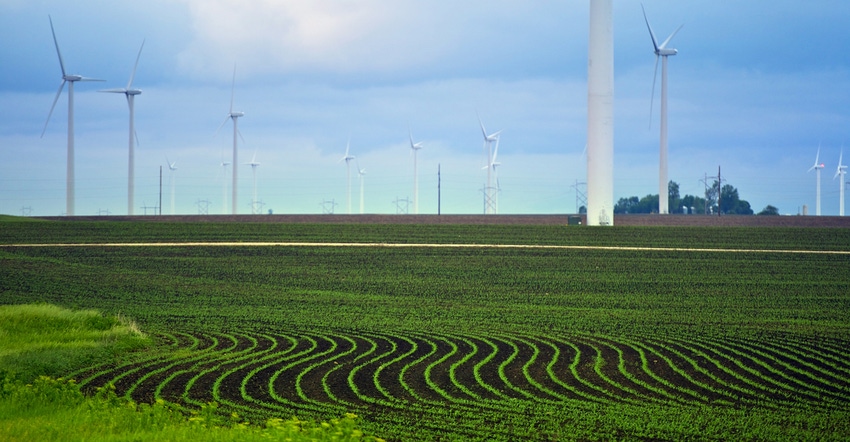April 27, 2022

University of Minnesota Extension scientists have been looking at clay in soils in a different way.
Rather than look at clay simply as soil texture and determine how much clay is in soil, they are looking at clay minerals and finding that specific minerals may affect potassium fertilizer recommendations for maximum corn and soybean yields.
In a recent blog, graduate research assistant Leanna Leverich and U-M Extension nutrient management specialist Dan Kaiser provided background on clay minerals and K content and their current statewide mapping project.
Clay minerals are unique in their interaction with ions, like potassium. They note that two features of clay — cation exchange capacity (CEC) and interlayer space — impact K ions. Depending on the latter, these K ions can either get stuck, pass through, or flow in and out.
They have focused their research on three clay minerals that are common in Minnesota and the rest of the Midwest — kaolinite, which has low CEC and no interlayer space; illite, also known as mica, which has moderate CEC and an interlayer space that can fix K+; and smectite, which has the highest CEC and an interlayer space that shrinks and swells based on the water content of the soil, fnd can trap or release K. Using previous field trial data and recent on-farm trials, Leverich and Kaiser created a large database of soil K test data across Minnesota, which also included the K level and the type and quantity of clay minerals.
They found that soils have a mix of clay minerals yet may have one dominant type. To simply their data, they looked at the ratio of smectite to illite minerals to distinguish high-smectite soils from high-illite soils. When looking at the two clay groups and critical K levels, they found high-illite soils averaged a critical K level of 85 ppm; and high-smectite soils, a critical K level of 106 ppm. That means in higher-illite soils, farmers would need a lower soil-test K level to maximize yields and thus, less applied K fertilizer to attain maximum corn and soybean yields.
Mapping clay types
Mineralogy tests are expensive, the researchers note — up to $300 per sample. To help Minnesota farmers avoid the cost, they are building mineralogy maps of the state that growers can use.
“Clay mineral abundance is not like nutrient levels, which can vary substantially within fields,” they write. “Rather, clay mineral abundance follows large-scale soil formation and will likely not vary within fields or even farms. With samples from all over the state, we have begun to create useful maps that will show relative abundance of smectite, illite, kaolinite and other clay minerals (i.e., K feldspars). We will also map useful ratios, like the ratio of smectite to illite.”
They encourage farmers to watch their progress online via the mapping website.
Learn more about this project by watching a YouTube video of Leanna Leverich's presentation, Reassessing Potassium Fertility Guidelines with Soil Mineralogy, at the 2022 Nutrient Management Conference.
Questions? Contact Leverich at [email protected] or Kaiser at [email protected].
Source: University of Minnesota Extension, which is solely responsible for the information provided and is wholly owned by the source. Informa Business Media and all of its subsidiaries are not responsible for any of the content contained in this information asset.
You May Also Like




